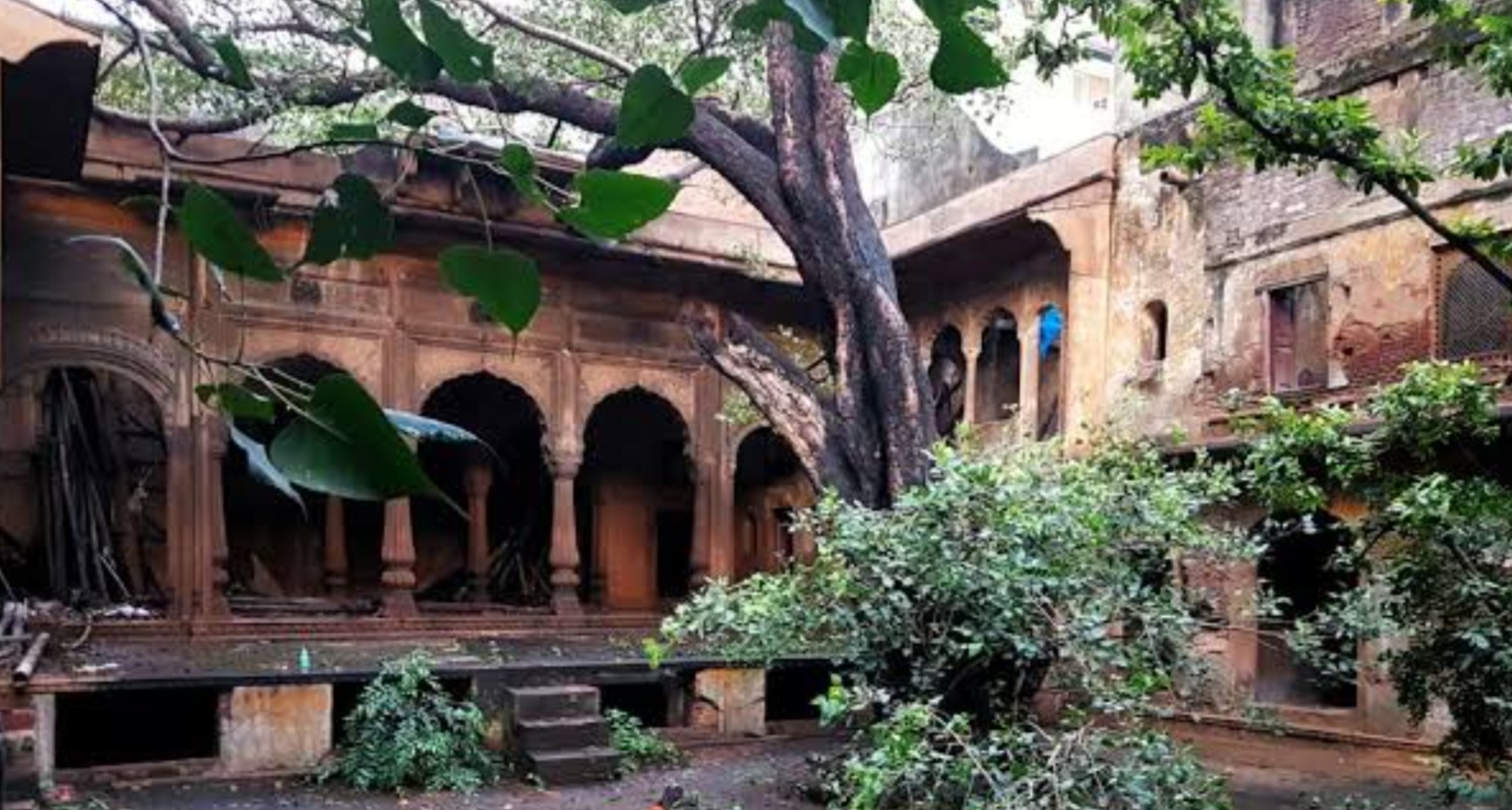
Delhi, a city steeped in rich history and architectural marvels, has a large number of old, abandoned buildings. As it grapples with the issues of increasing population, the reuse of these rundown sites has often entailed demolition and new construction, generating waste and contributing to environmental concerns. However, in recent years, Delhi and many other metro cities in India have chosen adoptive reuse of old buildings for sustainable urban development, preservation of cultural sites, and modern-day purposes.
Sustainable Benefits of Adaptive Reuse
Adaptive reuse projects in Delhi are environmentally sustainable. Renovating and repurposing existing buildings significantly reduces construction waste and resource consumption compared to demolition and new builds. Preserving structures minimizes the demand for new materials, decreasing the carbon footprint from manufacturing, transportation, and construction.
Moreover, retrofitting these old buildings with energy-efficient windows, insulation, and HVAC systems can significantly reduce energy usage and enhance their overall sustainability.
The Dhan Mill Reinvention
One remarkable example is the Dhan Mill compound in South Delhi’s Chhatarpur area. This former granary and warehouse cluster spanning 4.5 acres has become a lively lifestyle hub. The renovated warehouse buildings still retain their distinctive metal roofs but now house trendy cafes, boutiques, creative studios, and more.
“Property dealers offered double the rent to use one warehouse for a furniture store. We agreed, and Dhan Mill’s transformation began,” said Rishabh Jain, who co-manages the compound.
Historic Havelis Turned Cultural Hotspots
Delhi’s historic havelis (mansions) in Chandni Chowk are also getting a makeover through adaptive reuse. These former residences now function as heritage hotels, cultural centers, and cafes, giving visitors a taste of the city’s rich legacy while boosting tourism.
The Kathika Cultural Centre exemplifies this trend, created from two dilapidated havelis while preserving their original architecture and layouts.
The Rajghat Power Plant Dilemma
Discussions are ongoing about adaptively reusing the former Rajghat coal power plant that closed in 2015 due to environmental issues. Proposals suggested converting it into an office complex, waste-to-energy plant, or energy museum, but no progress has been made yet. However, the plant’s once-unsightly chimney was illuminated in tri-color last November.
“While old power plants become obsolete, we must recognize their significance as part of our heritage,” said architect Aakash Hingorani, stressing the need to repurpose such abandoned structures responsibly.
Overcoming Challenges with Collaboration
Restoration initiatives like The Restoration Toolbox, an online platform by architect Aishwarya Tipnis, aim to guide citizens through adaptive reuse projects’ challenges. It provides a collaborative space for conceptualizing, designing, financing, and implementing such endeavors while democratizing heritage conservation efforts.
A Sustainable Future for Delhi’s Heritage
Despite challenges, the adaptive reuse of Delhi’s old buildings offers a sustainable way forward, allowing the city to embrace its architectural legacy while fostering innovation. By injecting new life into historic structures, Delhi preserves its heritage while creating vibrant cultural and economic spaces for its citizens.
Leave a Reply